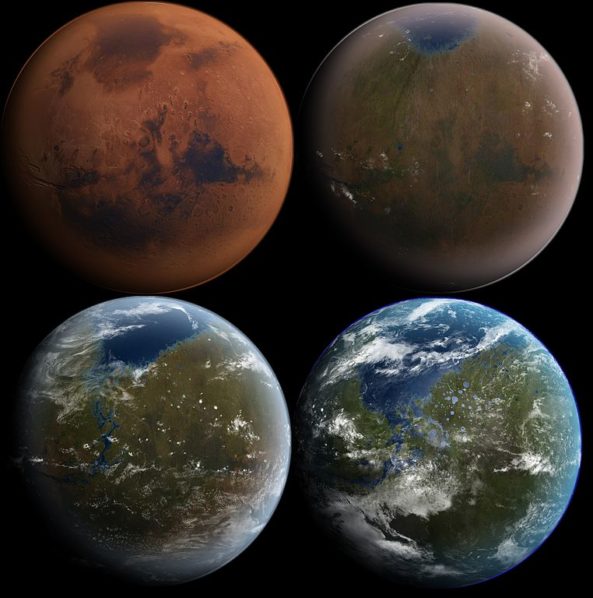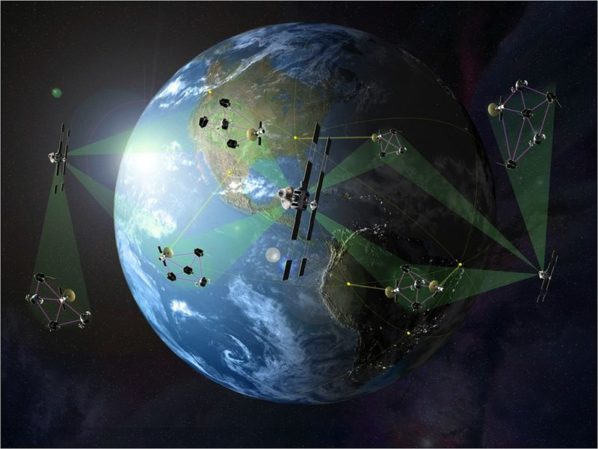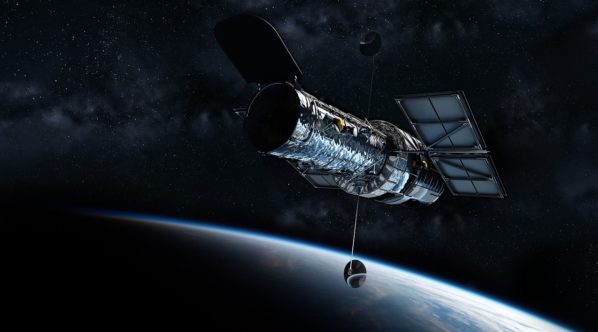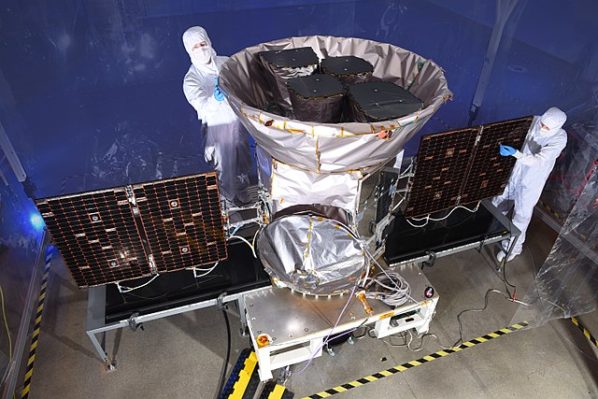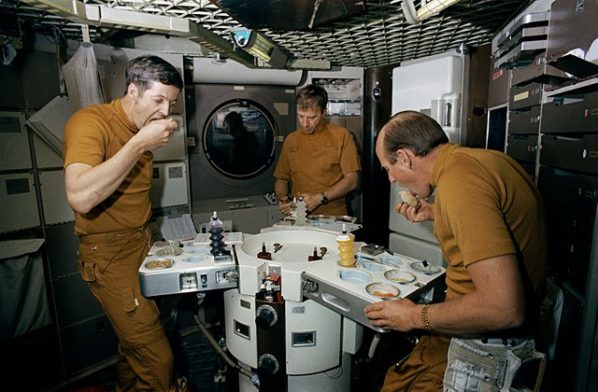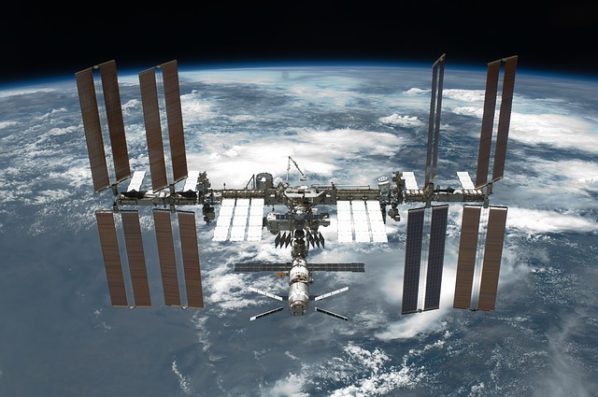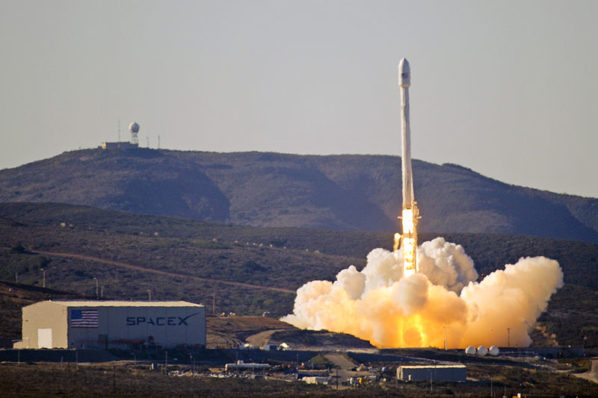Why Your Kids Will Live on Mars
Join the visionary quest towards Martian colonization, where your kids will live on Mars. Explore the cutting-edge advancements propelling this cosmic dream.
What’s the Difference Between LEO, MEO and GEO Satellites?
As of the beginning of 2023, nearly 15,000 satellites are orbiting our planet. With so many orbiting bodies circling the Earth, it's a miracle they don't crash into each other, right? It might seem like magic, but in reality, it's because they aren't all orbiting at the same height. Let's take a closer look at what LEO, MEO and GEO satellites are, and why more companies are investing in LEO and MEO satellites to support space exploration.
Why Are Satellites So Important?
SpaceX has been launching 60 satellites at a time as part of their Starlink constellation. When complete, this network will provide high-speed, low-latency internet to the entire world. This project provides one example of a type of satellite orbiting at various heights above the planet’s surface. Why are satellites so essential?
How Do Spacecraft Withstand Re-Entry into Earth’s Atmosphere?
If you’re lucky when you look up in the sky at night, you might see a shooting star. As you’re making your wish, what you’re actually seeing is a small piece of rock or space junk burning up in the atmosphere. The friction of re-entry causes the shooting star to ignite and burn, which is why you see a brief flash of light.
Common Tools Used to Gather Data in Space
As a species, we're working on expanding our horizons — literally — by making our first forays into outer space. Despite this push toward space exploration, there is still a lot about the universe around us that we don't know, and a lot that we don't even know to ask about yet. On top of that, much of the data that we could be collecting from outer space is invisible to the human eye. What tools are scientists using to gather data in space?
How Did SpaceX Convert Two Oil Rigs into Launch Pads?
As space travel evolves, so too will its launch sites. Instead of building stationary launch pads like the ones that NASA and other space agencies have used traditionally, SpaceX is working to convert two floating oil rigs into off-shore launch pads. How is SpaceX turning oil rigs into launch pads?
How Are Spaceflight Inc.’s Sherpa Vehicles Improving Satellite Launch?
Traditionally, satellites were simply strapped to larger rockets designed to push them into higher orbits, but this can be an incredible waste of fuel and resources. However, Spaceflight Inc.’s Sherpa vehicles may help change that. So what are Sherpa vehicles, and how are they supporting satellite launches?
TESS Space Telescope Discovers First Exoplanet
The TESS space telescope was launched on April 18, 2018, sitting atop a Space X Falcon 9 rocket. This telescope, which is short for the Transiting Exoplanet Survey Satellite, is designed to scan the night sky in search of one thing — exoplanets, or potentially habitable planets outside of our solar system.
What’s on the Menu for Astronauts?
Discover the transformation of astronaut food from toothpaste-like tubes to modern menus. Explore the potential of growing food in space.
Why Does the Advisory Committee Want a Smaller ISS Crew?
There are currently six astronauts on the International Space Station right now — three from the United States, two from Russia and one from Japan. You can use this website to see who they are and how many days they’ve been in space. There are even informational profiles for each astronaut, so you can learn more about them. A total of six astronauts doesn’t sound like a lot in the grand scheme of things, but that hasn’t stopped the Advisory Committee from recommending smaller ISS crews going forward. Why does the committee want smaller teams on the International Space Station, and what will this mean for the future of the…
Go Away, Gravity! – The Ventures of Elon Musk’s SpaceX and Richard Branson’s Virgin Galactic
Elon Musk has a net worth of $11.9 billion while Richard Branson has a net worth of $4.8 billion. If they stacked their respective fortunes in $1 bills atop each other, the tower would reach six million miles, almost 25 times the distance between the earth and the moon. And that is, in a metaphorical way, exactly what the two plan to do.

